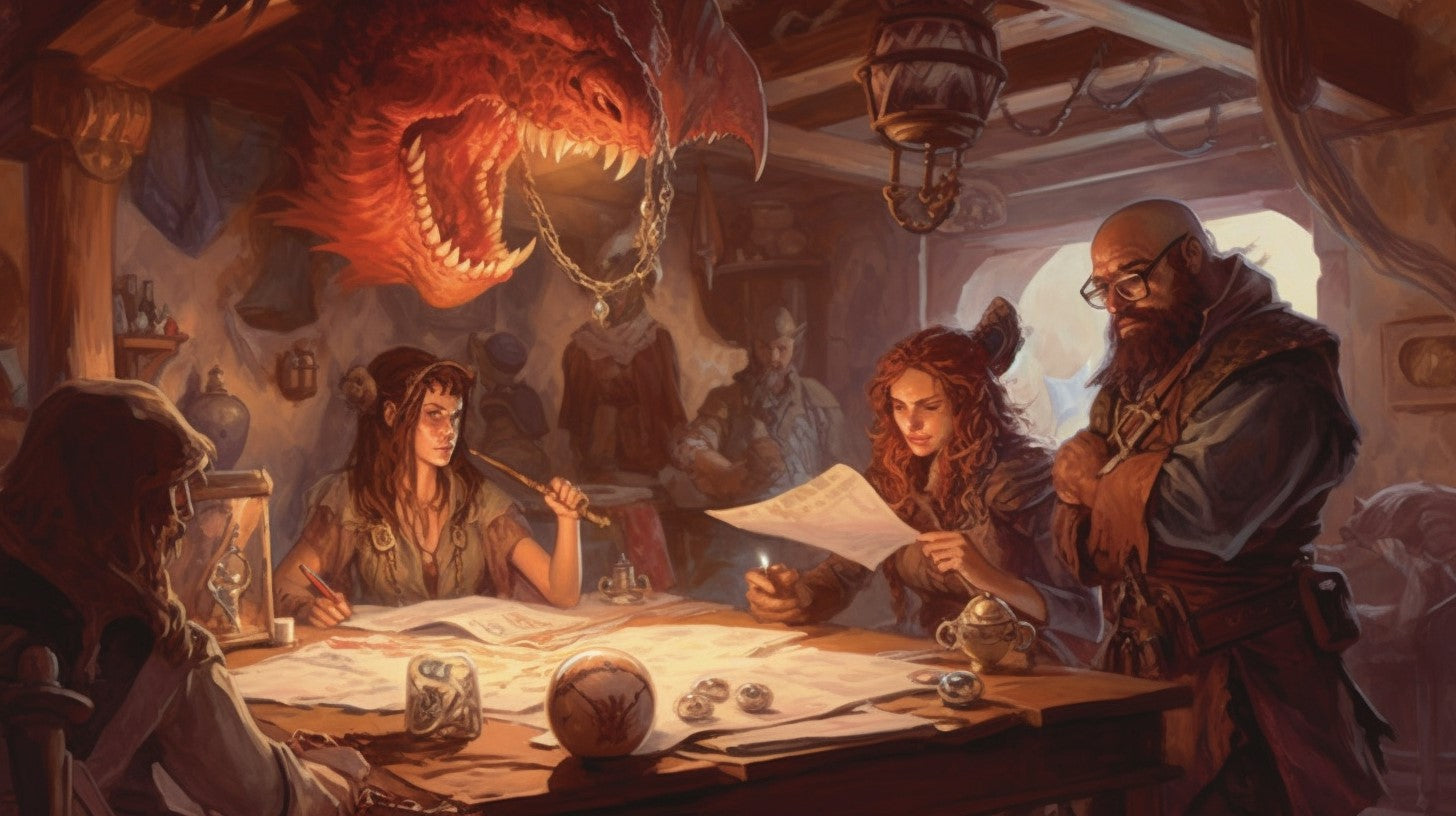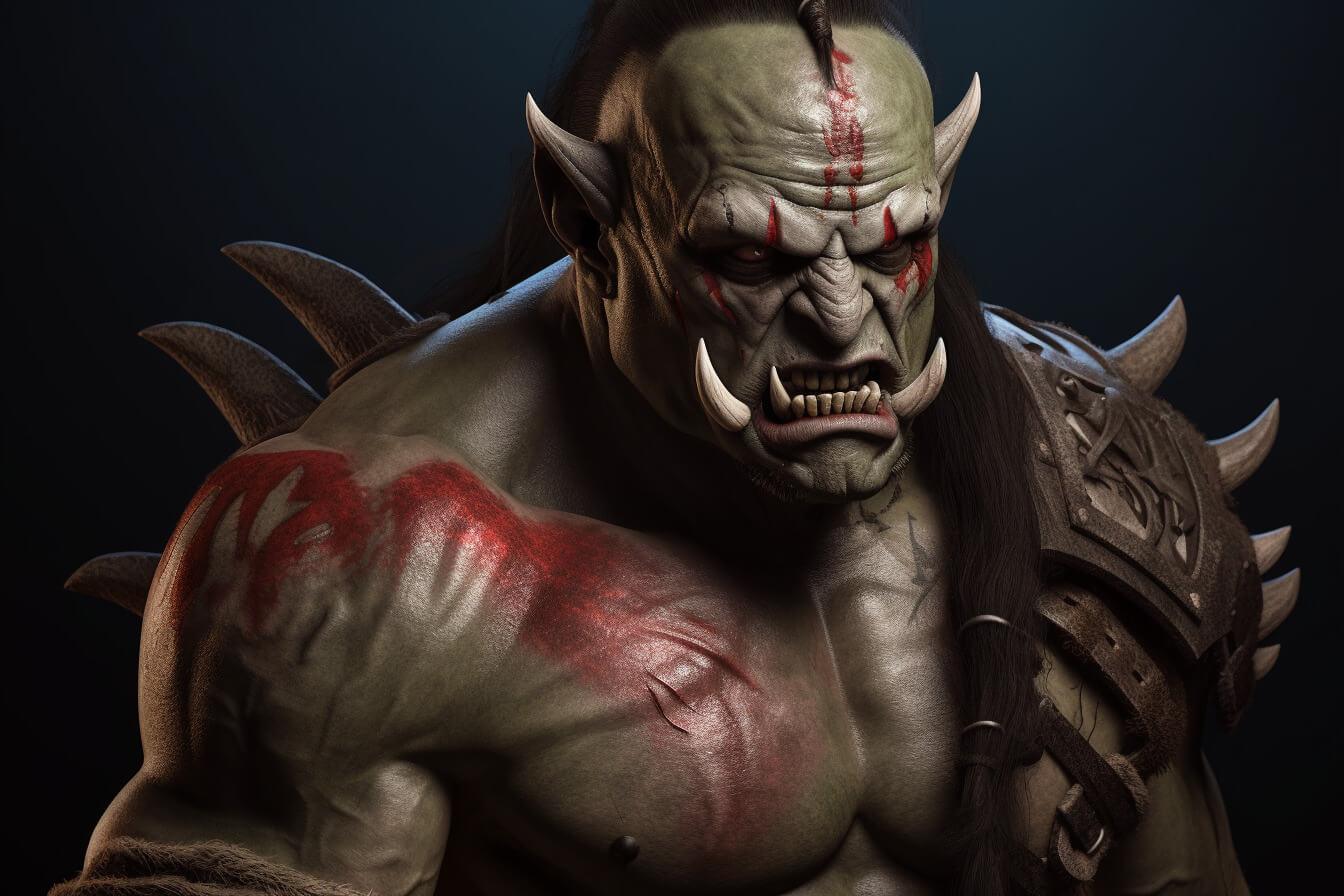Introduction:
A trusty companion by your side can make all the difference in the world of Dungeons & Dragons (D&D). From faithful hounds to mystical familiars, pets can serve as loyal allies, sources of comfort, or simply add flavor to your character's story. In this blog post, we'll explore the various ways pets can be incorporated into your D&D game and provide tips on how to make the most of these delightful additions to your adventuring party.
Pets in D&D – The Basics
Before introducing a pet into your game, it's essential to understand the rules and mechanics surrounding them. Here are a few options to consider.
Animal Companions:
Some character classes, such as the Beast Master Ranger, have abilities that grant them an animal companion. These companions are usually more powerful than ordinary pets and can actively participate in combat and exploration, providing valuable support to their masters.

Familiars:
Spellcasters, particularly wizards and warlocks, have access to the "Find Familiar" spell, which allows them to summon a magical creature to serve as their familiar. Familiars are intelligent and can communicate with their masters, offering unique abilities and benefits in and out of combat.

Mounts:
Mounted combat can be a thrilling addition to any D&D game, and characters with access to powerful steeds, such as paladins or cavalier fighters, can enjoy the benefits of having a loyal mount at their side. Additionally, characters can purchase or tame regular animals, such as horses or riding dogs, to serve as non-combat mounts.

Ordinary Pets:
If your character doesn't have a class feature or spell that grants them a pet, you can still introduce an ordinary animal into your game, with your Dungeon Master's (DM) approval. These pets don't possess combat abilities or magical powers, but they can provide companionship and roleplaying opportunities for your character.
Roleplaying and Incorporating Pets into Your Story
Pets can add depth and dimension to your character's story, and incorporating them into your roleplaying can create memorable moments at the table.
Develop Your Pet's Personality:
Give your pet a unique personality, quirks, and habits that reflect their species and your character's relationship with them. This can make your pet feel more like a living, breathing part of the game world and provide opportunities for roleplaying and character development.
Use Your Pet to Enhance Your Character's Story:
Consider how your pet fits into your character's backstory and how their relationship with their pet can inform their motivations, goals, and actions. Perhaps your character rescued their pet from danger, or the pet serves as a connection to their past or family.
Involve Your Pet in the Plot:
With your DM's approval, incorporate your pet into the game's plot and storylines. This could involve your pet being kidnapped, uncovering a crucial clue, or forming a bond with an important NPC. By weaving your pet into the narrative, you can create a more immersive and engaging experience for the entire group.
Tips for DMs – Balancing Pets and Encounters
As a Dungeon Master, it's important to find the right balance when incorporating pets into your game. Here are a few tips to ensure that pets enhance, rather than detract from, your players' experience.
Keep Pets in Mind When Designing Encounters:
When creating combat encounters or designing traps and puzzles, consider how pets might be involved. This can lead to exciting and creative solutions, as well as encourage players to think strategically about how to use their pets' abilities.
Establish Clear Rules for Pets:
To prevent confusion and maintain game balance, establish clear rules for how pets function in your game. This can include rules for controlling pets in combat, how they interact with the environment, and what happens if a pet is injured or killed.
Be Mindful of Spotlight Time:
While pets can provide unique roleplaying opportunities, be mindful of how much spotlight time they receive. Ensure that all players have ample opportunities to shine and contribute, and avoid allowing pets to overshadow other characters or dominate the game.
Conclusion:
Pets can be a wonderful addition to any D&D game, providing companionship, roleplaying opportunities, and a touch of magic to your adventures. Whether you're a player looking to introduce a pet to your character or a DM seeking to balance the presence of pets in your game, the tips and advice in this blog post can help you create memorable and engaging experiences for your entire group.



